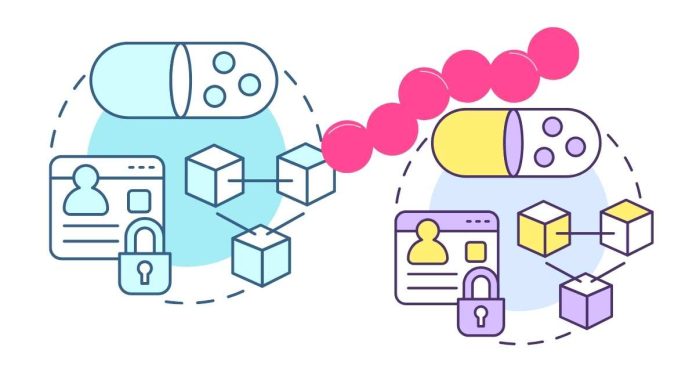Data encapsulation and de-encapsulation are key concepts in networking and communication protocols, primarily associated with how data is transmitted across networks. These processes happen at different layers of the OSI (Open Systems Interconnection) model.
Data Encapsulation:
Encapsulation is the process of adding headers (and sometimes trailers) to data as it moves down through the layers of the OSI model. Each layer adds its own specific header to the data, which allows for proper delivery and handling at each corresponding layer on the receiving end.
Here’s how encapsulation works:
- Application Layer: This is where the original data (payload) is generated by the application. It’s often just raw data from a user or an app.
- Transport Layer: The data from the Application layer is received by the Transport layer (TCP/UDP), and a transport header is added, which includes information like port numbers, sequencing, and checksums to ensure reliable transmission.
- Network Layer: The Transport layer passes the data to the Network layer (IP), which adds an IP header. The IP header includes source and destination IP addresses, routing information, and more.
- Data Link Layer: The Network layer hands the data to the Data Link layer (Ethernet, for example), which adds a Data Link header (like MAC addresses) and often a trailer for error detection (such as a Frame Check Sequence or FCS).
- Physical Layer: Finally, the data is transmitted over the physical medium (cables, wireless) in the form of bits.
This entire process of adding headers (and sometimes trailers) at each layer is called data encapsulation.
Data De-encapsulation:
When the data reaches its destination, the reverse process happens. This is called de-encapsulation, where each layer removes the header (and trailer) added by its corresponding layer during encapsulation.
Here’s how de-encapsulation works:
- Physical Layer: The raw bits are received by the Physical layer.
- Data Link Layer: The Data Link layer examines the incoming data, checks for errors, and removes the Data Link header and trailer, then passes the remaining data to the Network layer.
- Network Layer: The Network layer removes the IP header, checks the destination address, and passes the remaining data to the Transport layer.
- Transport Layer: The Transport layer removes the transport header, verifies the integrity of the data, and passes the remaining data (which is now the Application data) to the Application layer.
- Application Layer: The Application layer finally processes the data, now in its original form, and delivers it to the end application or user.
Key Points:
- Encapsulation: Adding headers/trailers to data as it travels down the layers.
- De-encapsulation: Removing headers/trailers as data moves up the layers.
- Each layer adds/strips specific information needed for data transmission at that particular layer.
This process ensures that the data is properly packaged for efficient, secure, and accurate transmission over the network.


